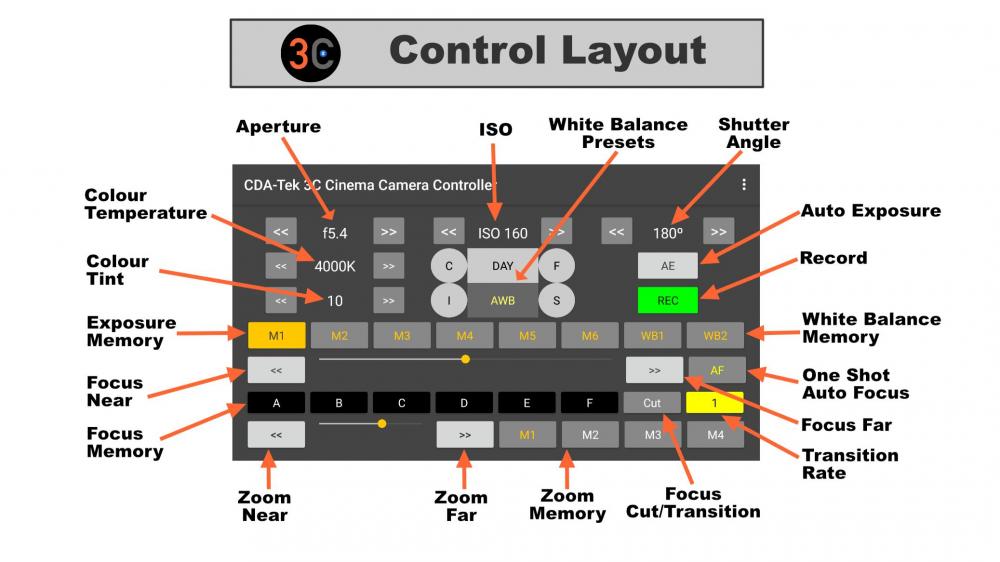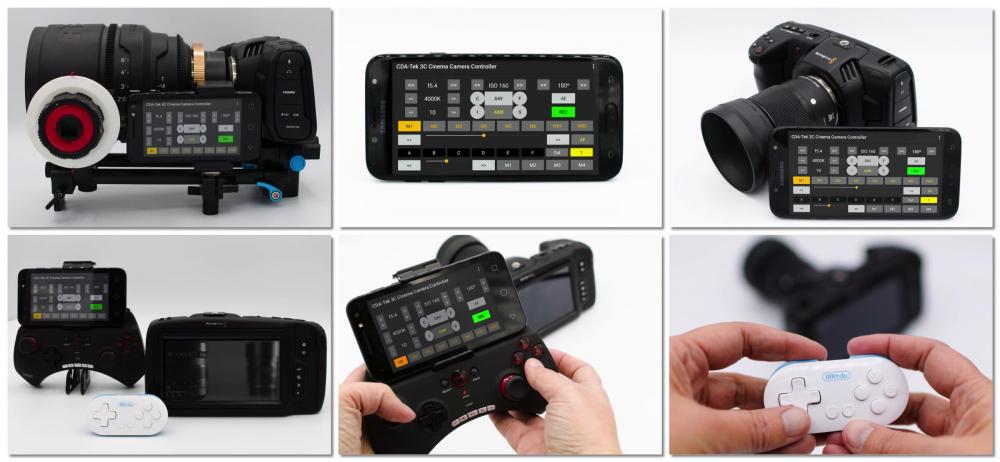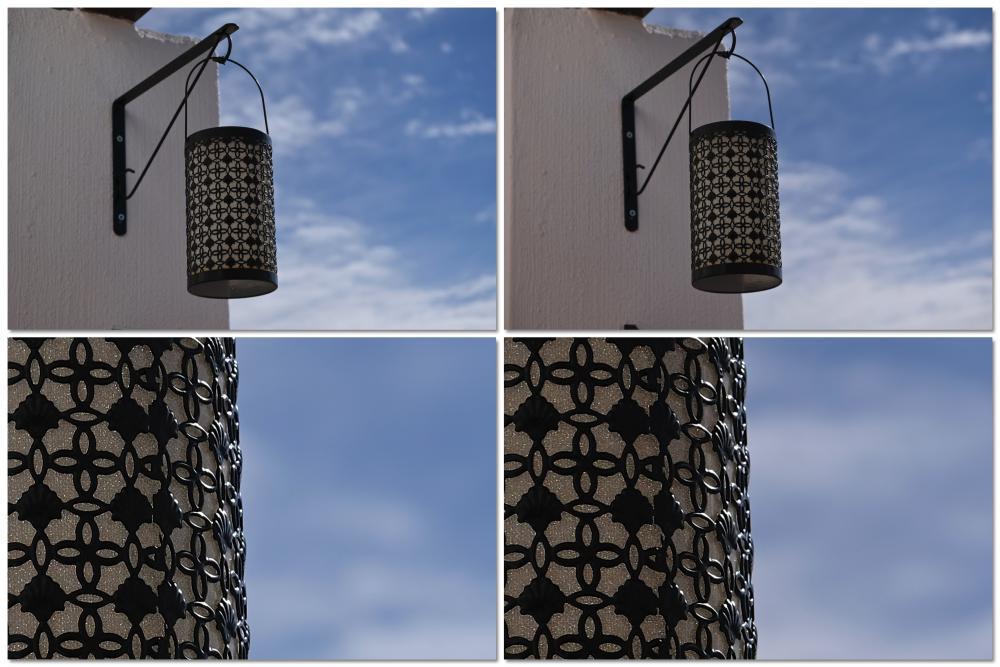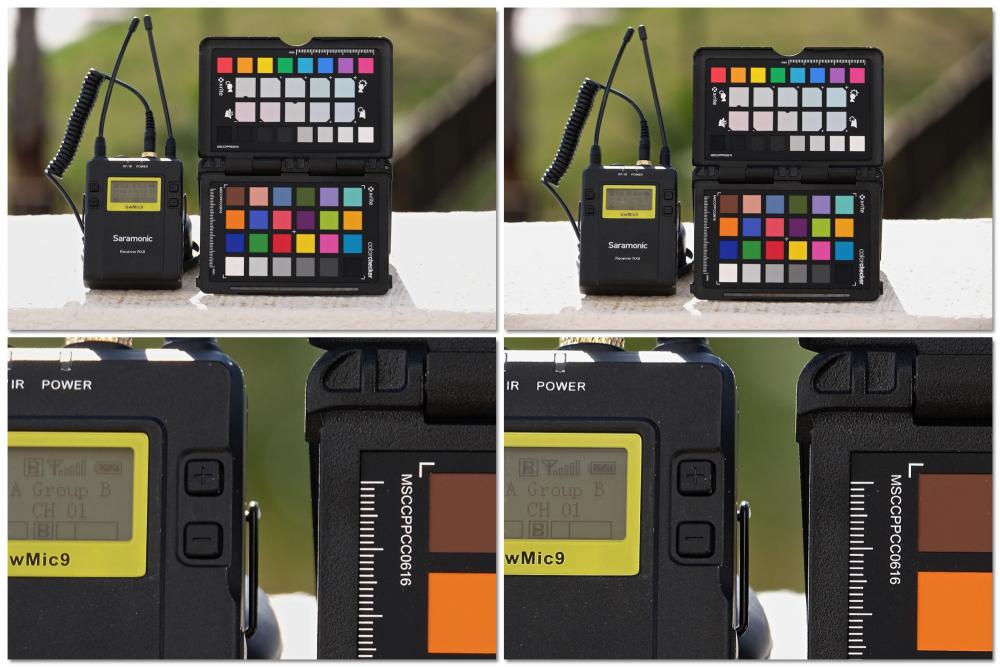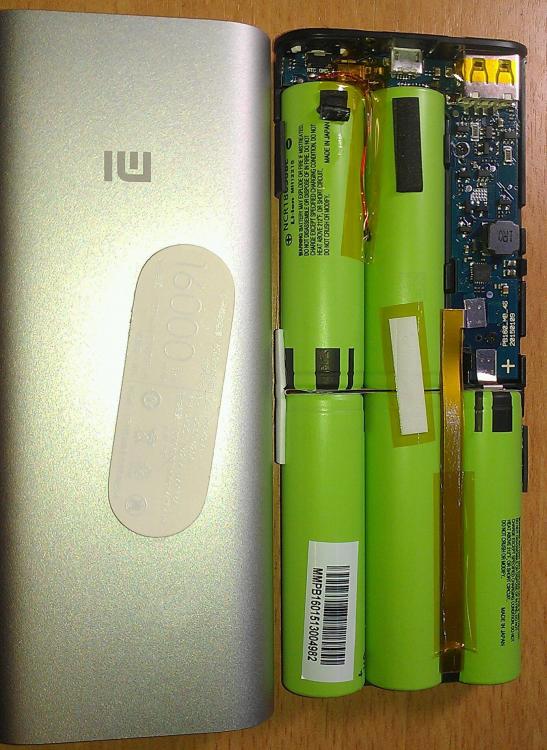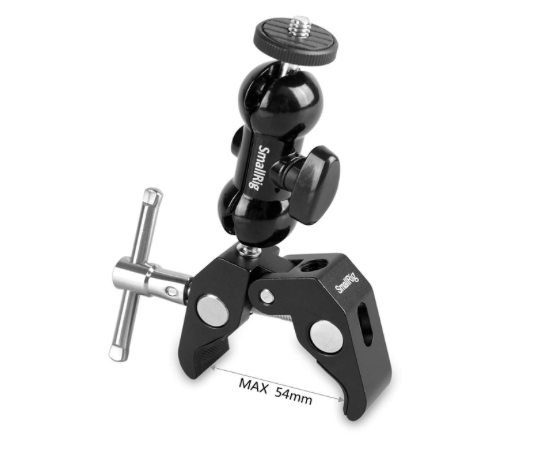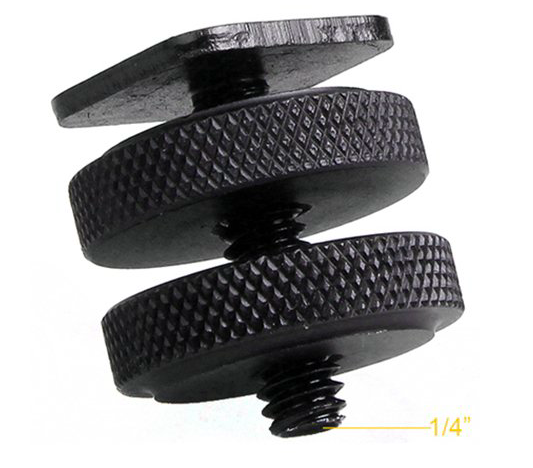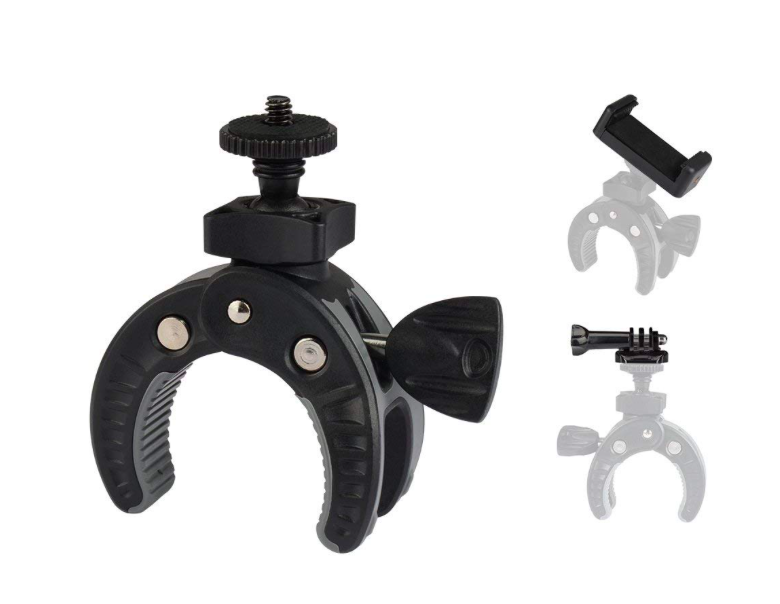-
Posts
6,076 -
Joined
-
Last visited
Content Type
Profiles
Forums
Articles
Everything posted by BTM_Pix
-
I didn't even know that lens existed ! Very intriguing.
-
Thank you for the kind words and the support, it is very much appreciated. Press releases have gone out to publications (print and online) so there should hopefully be some independent reviews for people to read soon. Will be shooting some demo stuff later in the week for a YouTube/Instagram push. I have a couple of goofy Kickstarter projects up my sleeve too that DPR can spotlight in the upcoming months
-
Of course, I don't want to encourage you to do anything of the sort. But I would absolutely piss myself laughing if you did
-
Awww shucks. Seriously, thank you very much for that, it is really very much appreciated. The initial Bluetooth connection is complicated by the way the bonding is done by the camera so any wrangling is only the initial very first connection so it won't bother you again. I hope you are running it on one of your fleet of RED Hydrogens !
-
Thank you. It will be a couple of months, likely June or July. Just evaluating a few different components to get the best combination of price and latency.
-
That is very kind of you to say so. Lets reserve judgement on it until it's proven not to kill your phone, camera or nearby pets. You can now follow us on Twitter @cda_tek and of course everyone re-tweeting the balls off it would be very welcome
-
Well, here we are then. The 3C app is now officially available from the Play store for Android devices. 3C enables you to remotely control and monitor the primary functions of your Blackmagic Design Pocket Cinema Camera 4K from an Android device using Bluetooth LE. Using 3C, you have access to the following camera functionality. Aperture ISO Shutter Angle White Balance Record Focus & Zoom (with compatible lenses) With 3C you can also store your own custom setting sets for exposure, focus and zoom parameters for later recall as well as automate transitions between stored focus points*. For ease of use, 3C uses a single screen touch interface to control all of this functionality and avoid the need for you to have to activate any sub-menus to change settings. 3C has a scalable user interface to enable you to remove focus and zoom controls from the screen should you not require them and wish to run the app on a small screen Android device. In addition, 3C can also be used as an interface hub to enable control of the camera from compatible Bluetooth gamepads. You can purchase 3C from the Play store here http://tinyurl.com/y5eyujeu You can read the PDF user guide here User Guide For 3C v1.1 by CDA-TEK Ltd .pdf You can use gamepads from iPega and 8Bitdo that support keyboard mode and examples of these are https://www.amazon.co.uk/dp/B00KA6OR7Q (iPega) and https://www.amazon.co.uk/dp/B017PAX036 (8Bitdo). 3C will also support wireless live viewing from the camera in a future update with additional hardware.
-
To be fair to FCPX, you can use shape masks and keyframe animate them to create windowed adjustments but its a bit more manual work depending on what you are tracking. For anyone who wants to have the a bit more of the Resolve approach while remaining in FCPX then CoreMelt's Chromatic grading plugin is worth checking out (I won't pollute the thread by putting a YouTube link in) as it incorporates the Mocha tracking system and has some neat features like auto balance from XRite Passport charts and link groups function to automatically sync grade modifications within a scene. For anyone who wants the extra capabilities but might be put off by the node based architecture of Resolve then I think it offers a good middle ground.
-
If anyone is looking for a very budget friendly mid to long tele zoom to the 55-20mm for Fuji and don't mind losing a bit of speed (but gaining some reach), the 50-230mm 4.5-6.7 is worth a look. It has OIS and a very, erm, "lightweight" construction but optically it is very good. I did this test of it up against the 50-140mm on my X-T2 a couple of years ago and as you can see even when you crop right in it isn't exactly disgraced in comparison. They are regularly available used for under £150 (I actually got mine new for less than that but I think its because it was in the garish silver finish!) and if its range that you don't use enough to justify putting the much bigger amounts in then its definitely worth some consideration, particularly if you are looking for something travel friendly.
-
Fair enough. Just as an FYI though, the powerbanks are just varying amounts of cells so you would have to really try hard to come to any harm if you followed the same simple insulation practice that the manufacturer uses to the actual metal outer case itself. I modded one like that for my nephew to use with his A6500 and he seems to be doing OK with it.
-
Bouncing off every step probably shook the fungus loose
-
I'm not sure I follow ? The clamp will go on the power bank instead of using a mount and as they are designed to clamp cameras to motorcycle handlebars they have a pretty firm grip. An alternative is to use one like this, which again you would use the clamp to hole the power bank in. Beyond that, you would be looking at making your own mount by either epoxying this to the power bank or, more preferably, taking the case off, screwing a hole through it to put it in so that the flat part is inside and then you tighten the first nut to secure it on the other side and then use the other nut to securely mount it to a cage or whatever else you are using.
-
This £7.50 set should give you enough flexibility to clamp the power bank securely and then use the screw thread onto a rig. https://www.amazon.co.uk/UTEBIT-Adapter-compatible-17-35mm-Motorcycle/dp/B0784JNVCF/ref=sr_1_20?ie=UTF8&qid=1551643592
-
Agree, I have the M AF adapter and its great. I was going to pick up a used A7Rii in Japan in a couple of months to have an AF M10 on the cheap but now they are doing this adapter so I can use it for Z mount then it'll be a used Z6 instead I think.
-
TechArt's E mount adapter for the Z will open up a lot of new possibilities. Including using the existing MD to E mount speed boosters.
-
Making a film about you lying about knowing about computers to get a job working with computers was a standout opportunity from what was described. Particularly if it was in the Homer Simpson at the nuclear power station envelope.
-

Canon EOS RP specs leaked, features 26MP sensor and 4K video
BTM_Pix replied to Andrew Reid's topic in Cameras
I've got quite a few EF lenses but don't currently own an actual Canon camera any more to put them on so I'm quite keen on having a look at this RP when they are more readily available in stores near me. I was thinking of using the lenses on my SL but then I'd Need Another Sigma Adapter I'll get my coat. -
It wasn't us. Two of our winners have been dogs. So, Britain has decided that its dogs have more talent than its people. Twice. Whether thats a testament to the talent of our canines or a sad indictment of the talent of our humans is open to debate. Of course it wouldn't be the last time the will of the people ended up causing an outcome that could be best described as a complete dog.
-
He'll need to get in line if he does
-
I'm going to take a wild guess and say it was a Soundscape ?
-
I think the approach is to mirror how we are directed in our actual vision which is by light, movement and sound cues. I'm not sure 360 will ever really gain traction other than niche or edutainment purposes but I think what would be very viable is 3D 180. You're then giving people the same cinematic experience that they've grown up with but just enhancing it with a bit more "look around" capability, which will offer up some interesting new possibilities. Remind me to do a thread one day about my design for a camera for £3500 that could deliver that Well, £3504 if you include the cost of the hammer and gaffer tape.
-
The LS300 is HD only on SDI. Whether that is hardware limited or software I actually don't know. I'd imagine its the former though as I'd assume the 4K60p upgrade wouldn't have been HDMI only.
-
With regard to VR, I've mentioned it before but if you ever get the chance to go to a 'VR Cinema' (just a big room with lots of swivel chairs so you can move around the image without moving) then it is really quite interesting. It lends itself to short 15-20 minute documentary pieces and the ones I've seen were a far more visceral experience than if they were shot flat. Its strange because although its a solo experience in one way its also shared because there are lots of you in there so when you take the headset off it sparks more post viewing discussion than a normal film as you have all experienced subtly or often dramatically different versions of it depending on how you were orienting yourself and how active you were. Plus, no one can be stuffing their faces while they've got the headset on or talk to anyone so it removes the annoying pricks factor out of viewing stuff in a cinema as well I think it actually lends itself very well to vlogging (not just for the overcapture/post shot framing aspect) but people really need to de-gimmick it to get it there.
-
I'm pretty sure thats a summation of Instagram so the answer could be gajillions.




